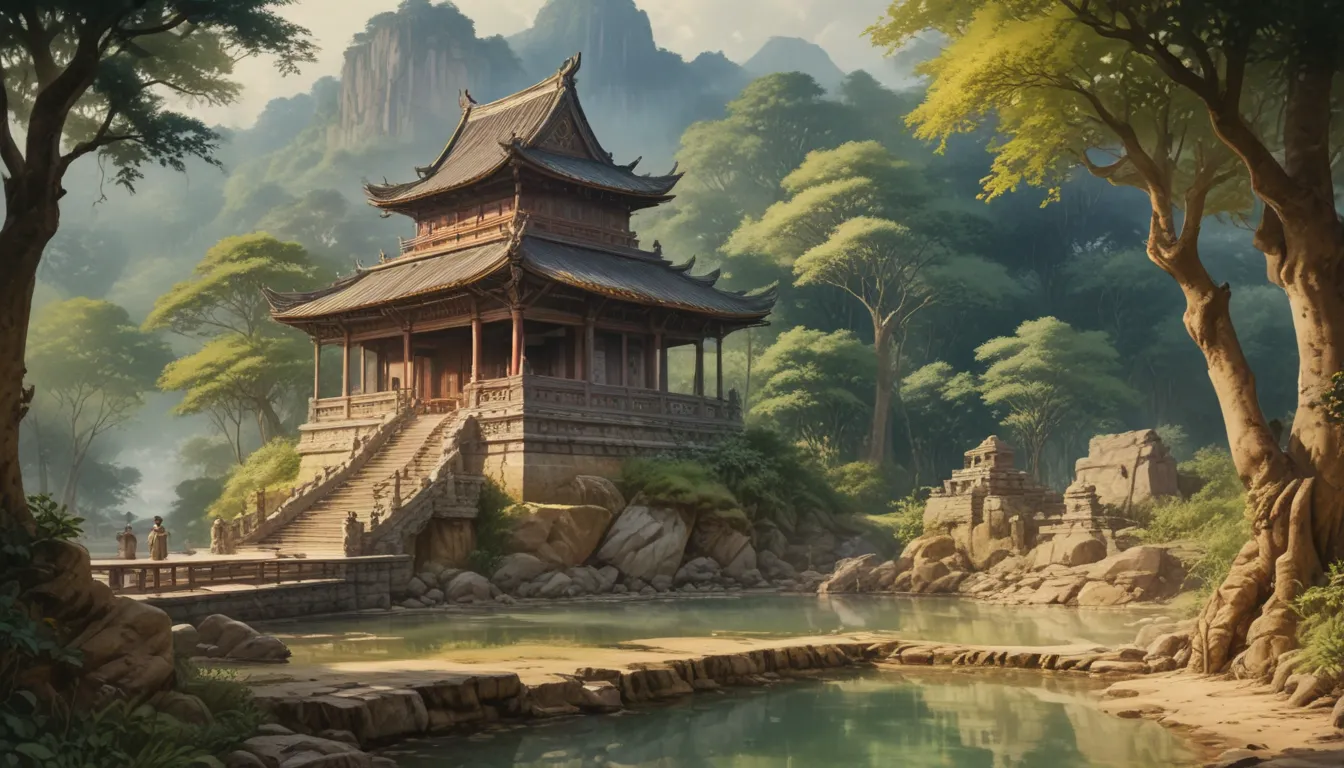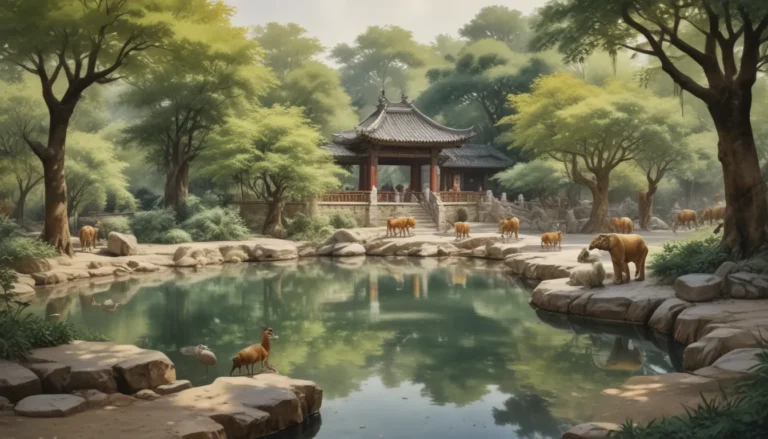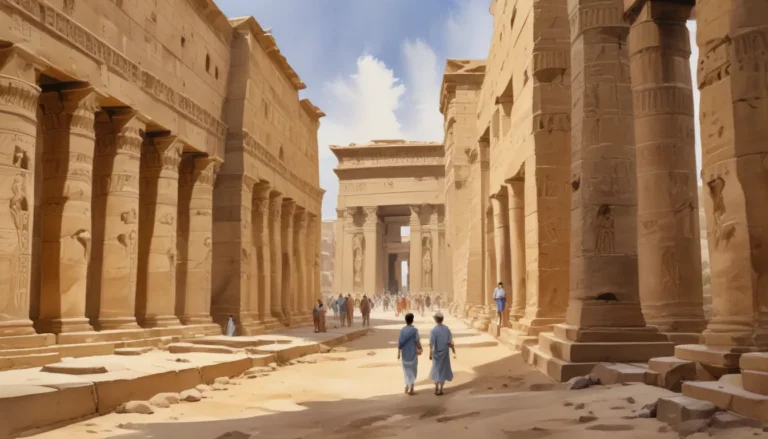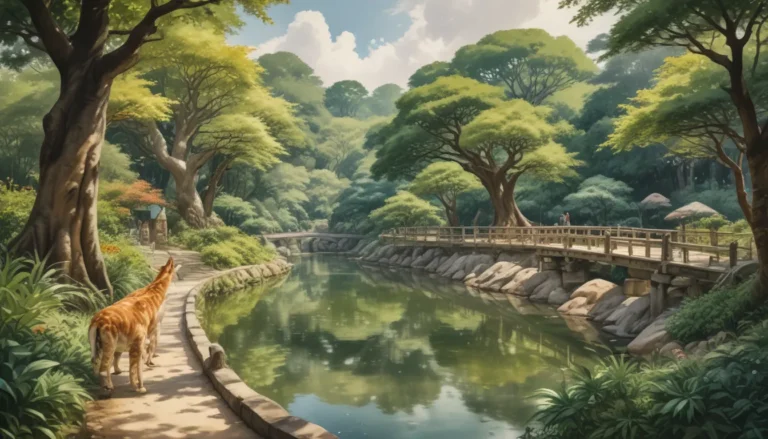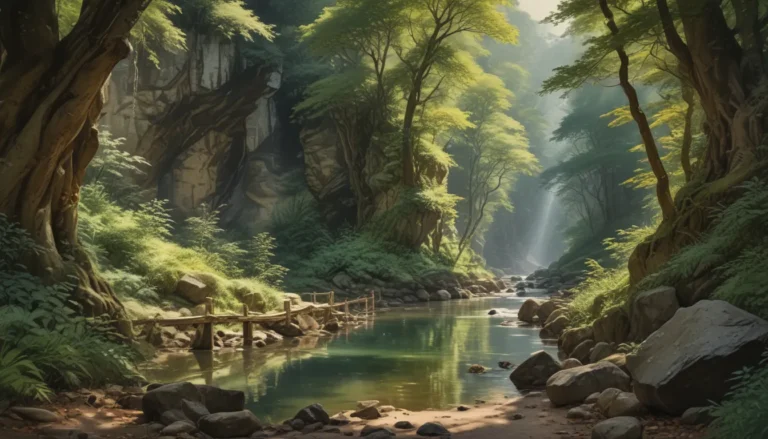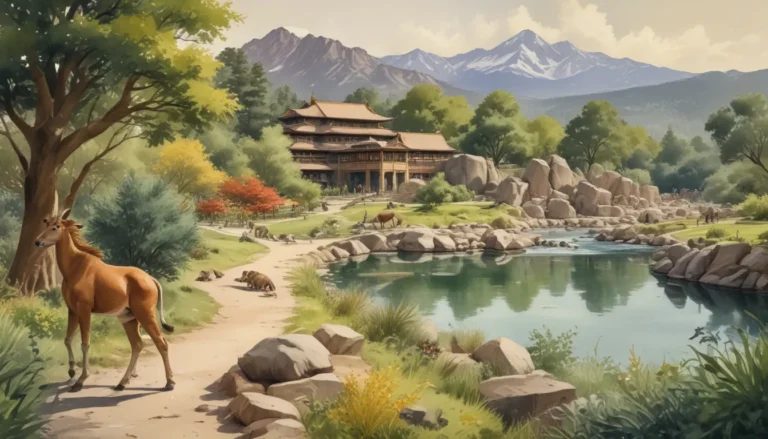The images in our articles are for illustrative purposes only and may not exactly match the content. They are intended to capture your interest and complement the text, not to replace it.
Located in the Udon Thani province of Thailand lies the captivating Ban Chiang Archaeological Site, a place where history and culture intertwine to tell the tale of ancient civilizations. Discovered in 1966 by chance, this site has since garnered global recognition for its ancient artifacts and evidence of prehistoric human habitation dating back over 5,000 years. Join us on a journey of discovery as we explore 12 extraordinary facts about Ban Chiang Archaeological Site, offering a fascinating glimpse into the rich tapestry of Southeast Asian cultures.
Unraveling the Past: Rich Historical Significance
Step back in time and immerse yourself in the rich historical significance of the Ban Chiang Archaeological Site. With a history spanning over 5,000 years, this treasure trove of ancient artifacts provides invaluable insights into the prehistoric cultures that once thrived in Southeast Asia.
Preserving Heritage: UNESCO World Heritage Site
In 1992, Ban Chiang was bestowed with the prestigious title of UNESCO World Heritage Site, recognizing its exceptional value in the global cultural landscape. This designation underscores the significance of the archaeological remains found at the site and the importance of preserving this historical gem for future generations.
Bronze Brilliance: The Origins of Bronze Age
Ban Chiang serves as a testament to the early Bronze Age civilizations that once inhabited the region. Intricate bronze artifacts, including tools, ornaments, and weapons, offer a glimpse into the technological advancements of this ancient society, showcasing their mastery in metalworking.
Artistic Elegance: Subtle and Intricate Pottery
Journey into the world of ancient artisans as you marvel at the delicate pottery unearthed at Ban Chiang. The intricate designs and patterns adorning these pottery pieces bear witness to the artistic prowess and craftsmanship of the prehistoric inhabitants, reflecting their creative spirit.
Metallurgical Marvels: Advanced Techniques Revealed
Delve into the realm of advanced metallurgical techniques as archaeologists unveil the secrets of metalworking at Ban Chiang. The smelting and casting of bronze objects highlight the sophisticated understanding of metallurgy possessed by the early inhabitants, shedding light on their technological expertise.
Animal Connections: Earliest Evidence of Domestication
Travel back in time to the era of early domestication as the discovery of animal bones and remains at Ban Chiang unveils the earliest evidence of domesticated animals in Southeast Asia. This finding hints at the intricate relationship between the ancient people of Ban Chiang and the animal kingdom.
Ritual Reveal: Unique Burial Practices
Embark on a journey of discovery as you unravel the mysteries of Ban Chiang’s unique burial practices. From elaborate funeral rituals to the use of red ochre pigment and secondary burials, these ceremonies reflect a belief in the afterlife and a complex funerary culture that defined the ancient society.
Social Insights: Complexity Unveiled
Peer into the past and decipher the social complexities of the ancient community at Ban Chiang. The presence of distinct burial styles and varying grave goods hints at a complex social structure, offering valuable insights into the social dynamics and hierarchies of the time.
Timeless Occupation: Continuity through Millennia
Trace the footsteps of ancient civilizations as evidence from Ban Chiang reveals a continuous human occupation spanning thousands of years. The layers of archaeological remains paint a vivid timeline of human activity and cultural evolution, showcasing the enduring presence of humanity at this revered site.
Cultural Fusion: Crossroads of Exchange
Unlock the secrets of cross-cultural exchange as artifacts found at Ban Chiang bear witness to the cultural interactions of ancient times. The presence of imported goods from distant regions hints at the site’s role as a hub for trade and cultural exchange, highlighting its significance in the broader cultural landscape.
Preservation Passion: Safeguarding the Past
Witness the dedication to preservation as rigorous efforts are undertaken to safeguard the historical treasures of Ban Chiang. These initiatives ensure that the site and its artifacts are protected for future generations to explore and appreciate, preserving its extraordinary significance for years to come.
Visitor Vibrance: Immersive Experiences Await
Embark on a journey of discovery as you step into the world of Ban Chiang Archaeological Site. Museums and exhibitions on-site offer immersive experiences that allow visitors to delve deeper into the ancient past of Southeast Asia, providing a profound appreciation for the cultural heritage of this remarkable site.
In conclusion, the Ban Chiang Archaeological Site stands as a testament to the enduring legacy of ancient civilizations, offering a captivating glimpse into a bygone era. Its UNESCO World Heritage status and remarkable archaeological discoveries make it a destination not to be missed for history enthusiasts and cultural explorers seeking to unravel the mysteries of the past. Whether you are drawn to the exquisite pottery or fascinated by the sophisticated metalworking techniques, Ban Chiang is sure to leave you in awe of the ingenuity and creativity of our early ancestors.
FAQs
- When was Ban Chiang Archaeological Site discovered?
-
The site was discovered in 1966 when pottery shards were found in a farmer’s field.
-
What artifacts have been found at Ban Chiang?
-
Archaeologists have uncovered pottery, bronze tools, jewelry, and human remains at the site.
-
How old are the artifacts at Ban Chiang?
-
The artifacts date back to around 1500 BCE, making them over 3,500 years old.
-
Are the artifacts on display?
-
Yes, many artifacts are on display at the Ban Chiang National Museum for visitors to appreciate.
-
Can visitors explore the site?
-
Visitors can explore designated areas of the archaeological site under professional guidance.
-
Is Ban Chiang a UNESCO World Heritage Site?
-
Yes, it was designated as a UNESCO World Heritage Site in 1992.
-
Can I participate in archaeological excavations at Ban Chiang?
- While public participation may be limited, opportunities exist for volunteers and students to engage in research and conservation efforts at the site.
Don’t miss the chance to explore other fascinating ancient sites like Samarra Archaeological City, Mountain Heritage Festival, and Knossos to delve deeper into the wonders of ancient civilizations. Trust in our commitment to quality content as you uncover the mysteries of the past with us.
